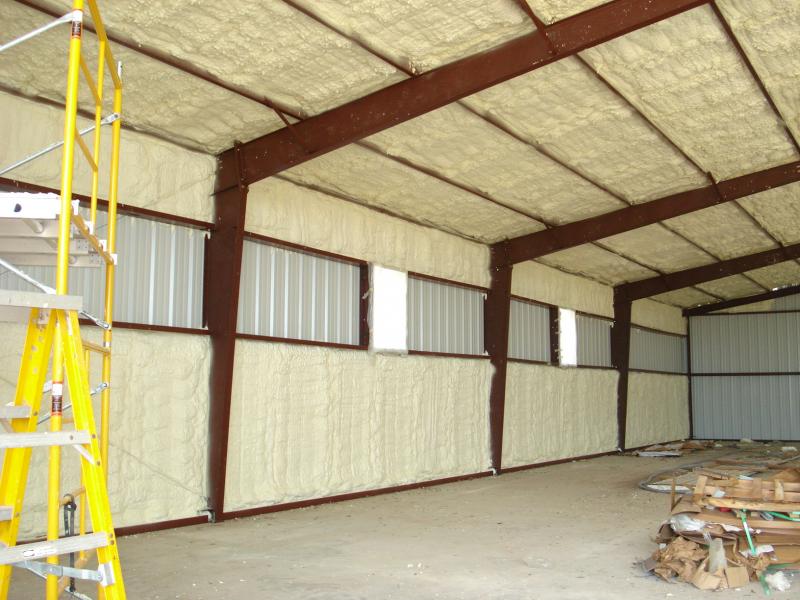A Guide To Commercial Building Insulation Materials

The financial success of your business depends on the proper insulation of your commercial building. Today, it’s also a legal requirement that buildings be well insulated. Therefore, from several perspectives, you must be informed of your insulation choices and choose one or more that best suits your requirements. To assist you in making an informed choice, we’ve analyzed some of the most well-liked and reasonably priced commercial building insulation materials below.
Different Insulation Types in Commercial Buildings
Understanding the different types of commercial building insulation is essential. Here are a few of the most well-liked and effective.
Cellulose: Frequently, this material is only finely shredded newspaper. It simply blows the material into the required area (attic or walls). Due to the unique equipment required to supply the material using a blower and hoses, this usually is not a Small project. Depending on the vendor, the cost of cellulose insulation in Toronto is inexpensive. One benefit of cellulose is that its tiny particles have the propensity to plug air leaks in areas of unusual form.
Fiberglass Batts: This material has been available for a while. The homeowners may install it themselves, and it is relatively cheap. Although it is not difficult, installing fiberglass insulation can be warm and unpleasant. Fiberglass tends to settle with time and lose some of its original R-value, roughly 3.5 per inch of thickness.
Foam Boards: These premade boards may offer high R values for insulation. For the homeowner who wants to attempt to install insulation himself, they are pretty simple to handle and install. However, they are generally more expensive than dry cellulose, fiberglass batts, or spray foams.
Closed Cell Foam: Spray-on insulating foam has recently grown in popularity. Spraying foam over a surface causes it to expand and firm. It is then finished with trimming and other coverings (or left exposed). The foam may be sprayed to the undersides of surfaces and, when properly applied, will completely seal practically any surface. Closed cell foam has an R-value of roughly 6.5 per inch of insulation, which is exceptionally high.
Open Cell Foam: Closed cell foam and this are incredibly similar. However, the little bubbles in this foam are open to one another. It lowers the material’s R-value to roughly 4.2 per inch, enabling some moisture to pass through it. Open cell foam often costs half as much as closed cell foam.
Expanded Polystyrene Board (EPS): There is no backing on this rigid foam board. A lot of insulated concrete forms use this board. Although the boards are relatively pricey, the material has good insulation qualities (R-value equals 4 per inch of thickness).
Conclusion
An essential energy efficiency measure is insulation. Insulation addition can have a significant positive impact on old homes with little to no insulation. More insulation can be added to existing houses with fiberglass or loose cellulose that has settled to increase the thickness (and R-value).
Before attempting any other, more complex, and expensive tasks, insulation should be handled first, as is excessive air infiltration. Insulation is an essential energy efficiency/conservation practice. The benefits might make an effort worthwhile.
Find out more about commercial building insulation from the staff at Warm Cozy Cozy, and find out if their modern metal-insulated panels are a good fit for your company.